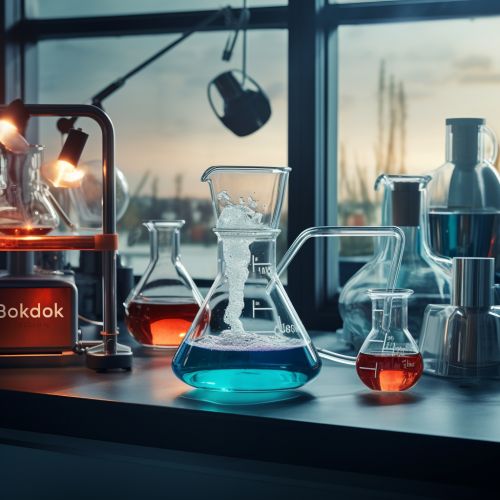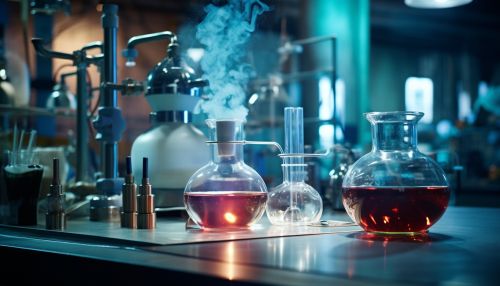Redox reactions
Introduction
Redox reactions, short for reduction-oxidation reactions, are a family of reactions that are concerned with the transfer of electrons between species. In chemistry, redox reactions are essential for numerous biochemical and industrial processes. They are characterized by the change in the oxidation states of atoms involved in the reaction.
Fundamentals of Redox Reactions
In a redox reaction, the species that loses the electrons is said to be oxidized, while the species that gains the electrons is said to be reduced. The species that is oxidized is called the reducing agent, while the species that is reduced is called the oxidizing agent. The concept of redox reactions is closely related to the concept of electrochemistry, as the transfer of electrons in redox reactions can generate an electric current.


Oxidation States
The oxidation state of an atom in a molecule or ion is a measure of its degree of oxidation or reduction. It is defined as the hypothetical charge that an atom would have if all bonds to atoms of different elements were 100% ionic. Oxidation states are typically represented by integers, which can be positive, negative, or zero. In redox reactions, the oxidation states of atoms are changed.
Balancing Redox Reactions
The process of balancing redox reactions involves adjusting the number of electrons lost in the oxidation half-reaction to be equal to the number of electrons gained in the reduction half-reaction. This is achieved by multiplying the half-reactions by appropriate factors. The method of balancing redox reactions is an important concept in chemical stoichiometry.
Types of Redox Reactions
There are several types of redox reactions, including combination reactions, decomposition reactions, displacement reactions, and disproportionation reactions. Each type of reaction has its own unique characteristics and applications in various fields of chemistry.
Applications of Redox Reactions
Redox reactions have wide-ranging applications in various fields. In biochemistry, they play a crucial role in cellular respiration and photosynthesis. In industrial chemistry, they are used in processes such as the extraction of metals, the production of chemicals, and the generation of electricity in batteries and fuel cells.
